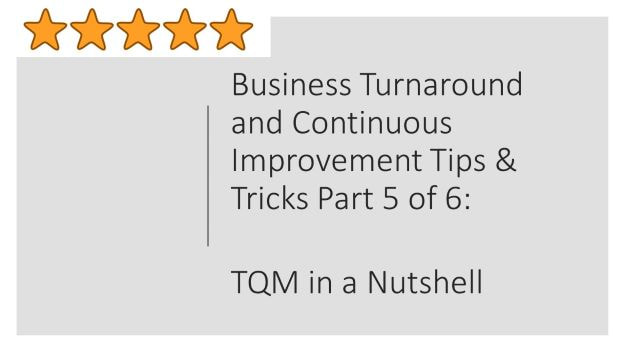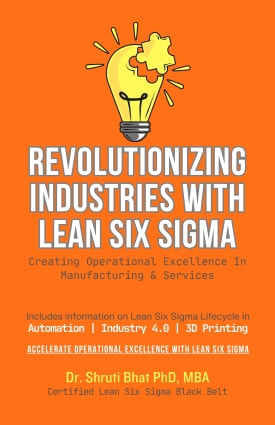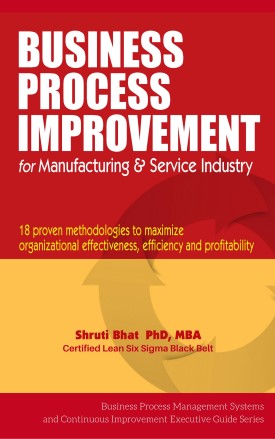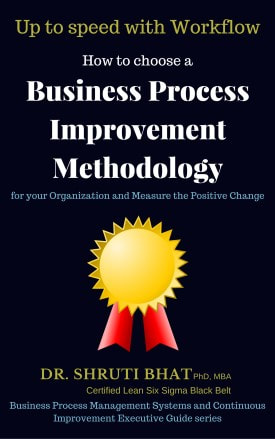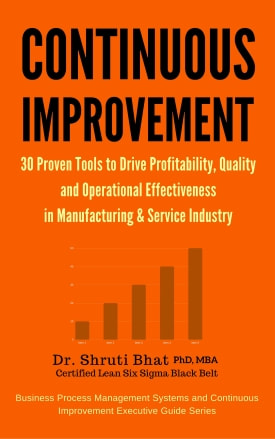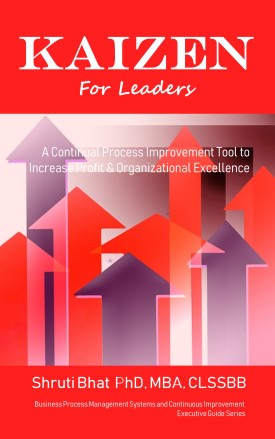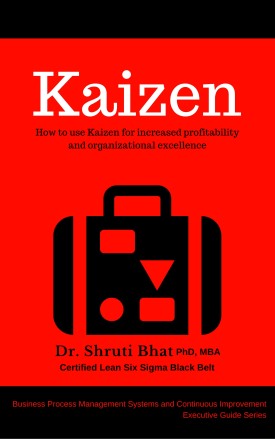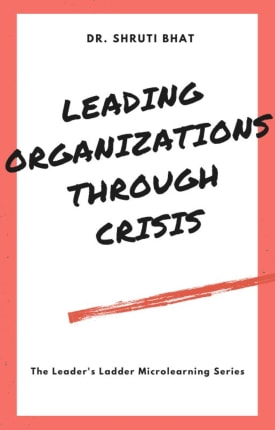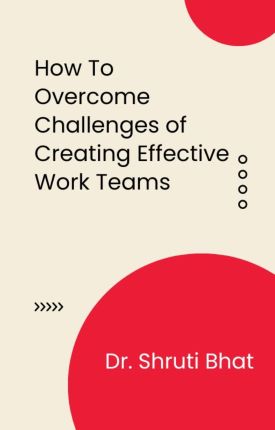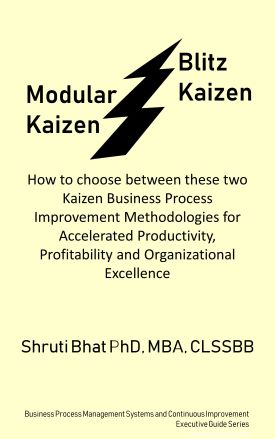TQM Manifesto-
- Quality first: In a TQM environment, everyone talks about quality, thinks about quality and measures quality at every turn.
- Employee engagement- In a TQM workspace, if an employee notices something incorrect or causing defects, the employee has the power to stop the process, remedy it or seek remedy from experts to rectify the situation- Jidoka
- Small improvements add up: Often improvements made via TQM are small Vs 70% or higher improvements made via Six Sigma; however inappropriate, the small gains via TQM can add up exponentially.
Related reading:
- Business Turnaround and Continuous Improvement Tips and Tricks Part 1 of 6
- Business Turnaround and Continuous Improvement Tips and Tricks- Part 2 of 6: Six Sigma in a Nutshell
- Business Turnaround and Continuous Improvement Tips & Tricks Part 3 of 6- Agile in Nutshell for Improving Sales & Marketing of Products and Services
- Business Turnaround and Continuous Improvement Tips & Tricks Part 4 of 6- Lean Manifesto
- Business Turnaround and Continuous Improvement Tips & Tricks Part 6 of 6 : Balanced Score Card
TQM can be implemented by organizations from both Manufacturing as well as Service based companies. TQM is best for businesses that produce products that must meet high quality standards e.g. pharmaceuticals, airlines, healthcare & hospital management, IT, financial institutions etc.
TQM is not for organizations that currently produce low-quality goods or with highly variable results.
In the next part of this article series, I shall discuss another important yet fairly recent business improvement methodology: Balanced Score Card.
Keywords and Tags:
#ContinuousImprovement #QualityImprovement #TQM #TotalQualityManagement #Quality #QualityManagementSystems #QMS

